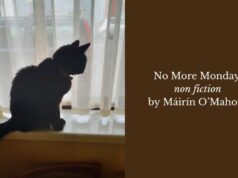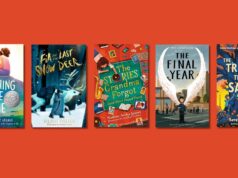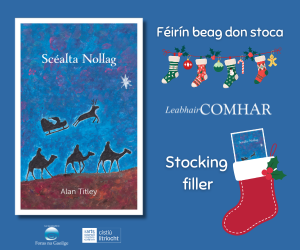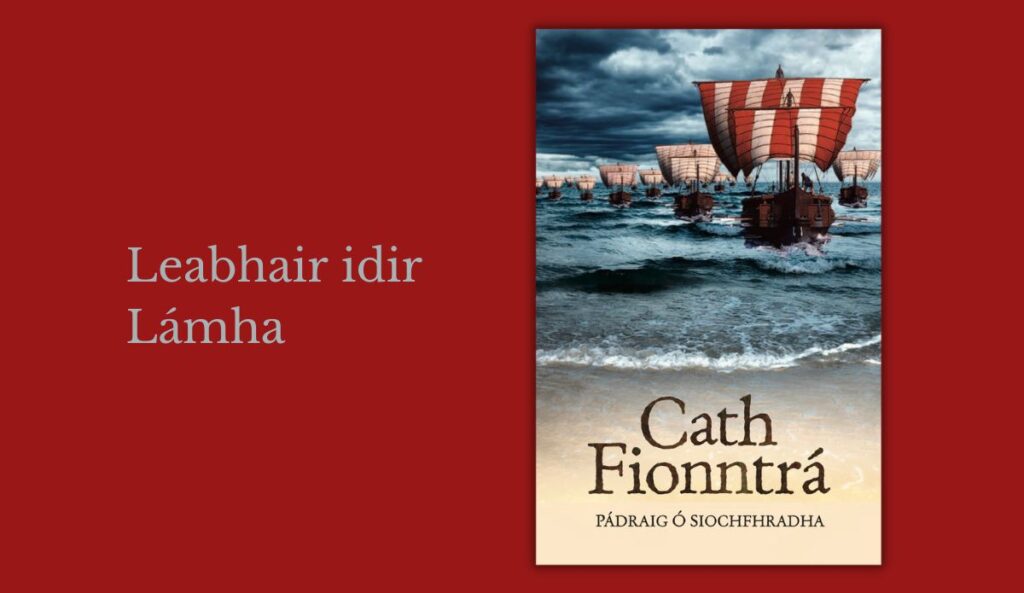
Cath Fionntrá|Pádraig Ó Siochfhradha|Leabhar Breac|€15
“One of the great tales of the Fenian cycle—if you enjoy the gems of our older literature, this will become another volume to treasure.”
—Cathal Póirtéir on Cath Fionntrá (Leabhar Breac)
by Cathal Póirtéir
I’ve probably walked the length of Ventry Strand more often than any other beach in the country.
Sometimes in my musings I have tried to imagine the mythical, bloody battle that took place—one that saw Fionn and the Fianna involved in mortal combat with the King of the World and his international forces, in a confrontation that lasted a year and a day. Thankfully the worst I’ve had to contend with there has been avoiding visiting summer jellyfish.
I can’t remember when or where I first came across the story but over the years I’ve come upon various retellings.
A new volume in Leabhar Breac‘s wonderful series of tales from older Gaelic literature has given me the opportunity to re-engage with these warriors of old, and read the story in the rich and polished Irish of Pádraig Ó Siochfhradha (An Seabhach)—first published in 1911 when it won an Oireachtas na Gaeilge literary prize.
Breandán Ó Cróinín has now modernised the spelling of that long out of print version to make it easier for contemporary readers and he’s done a fine job in making it accessible while retaining the rich Kerry dialect of the older retelling.
Cath Fionntrá
In brief, Cath Fionntrá tells of Dáire Donn, King of all the World, who decided to conquer Ireland to complete his world domination. The King of France also has cause to attack Ireland as both his wife and daughter ran off with Fionn Mac Cumhaill; Fionn had been his guest at the time and Dáire Donn uses this as his casus belli.
Encouraged by Dáire Donn, other kings and famous warriors join forces with him to put together a gigantic fleet to sail to Ireland to avenge the King of France and bring Ireland under the control of the King of the World. These crowned heads included the kings of Greece, of the Indies, of the Saxons, of Spain, of Scandinavia, of the Land of the Rising Sun and of many other exotic places with vast armies under their control.
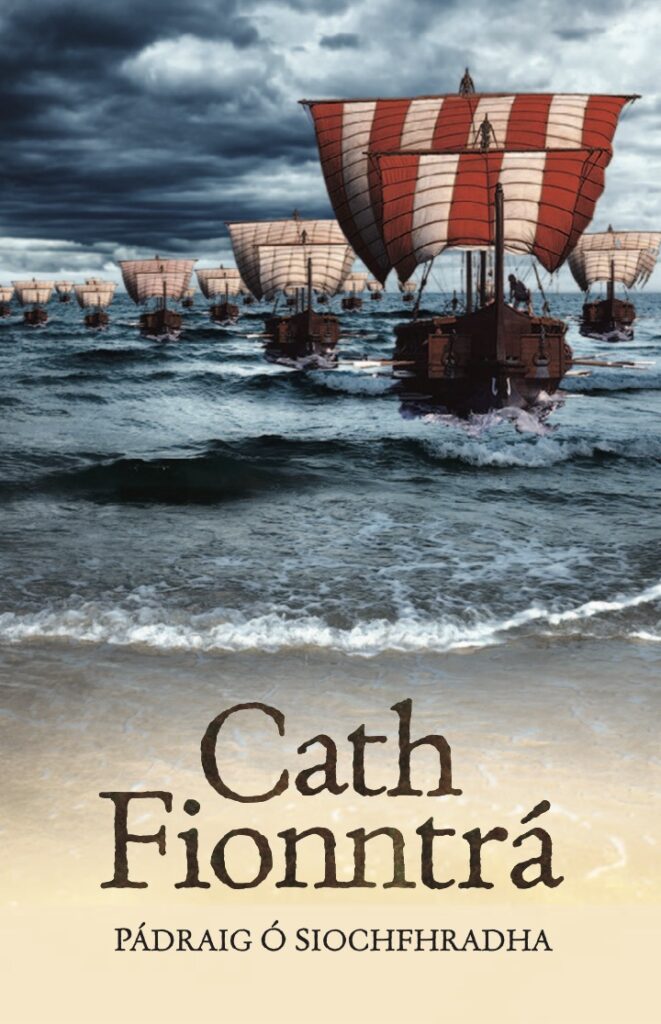
The huge fleet of vessels gathered and sailed for Ireland and anchored off the Kerry coast. Caomhán Ó Scolaí’s excellent cover design shows the armada arriving under full sail ready to do battle with the men of Ireland.
Fionn and the Fianna realise that the forces massed against them may be too powerful and numerous to defeat on their own and dispatch messengers to allies calling for their support. We know we’re in for a long and bloody battle when a one of Fionn’s men has a vision that it will last for a year and a day.
Battle scenes
The story is light on plot but rejoices in set pieces. Each day, famous warriors are chosen to lay waste the opposing armies. Some are destined to be remembered for their bravery and fighting skills, other are defeated and butchered.
We are regaled with battle scenes, heroic deeds, ferocious warriors, bloody slaughter, self-sacrifice, victorious heroes and vanquished enemies. Major heroes of the Fianna play their part along with other Irish warriors.
I don’t know if anyone has ever totted up the total number of dead mentioned in the course of this epic confrontation but it must lie in the tens of thousands. The final result of the conflict remains in the balance until the last battle of all, between Fionn Mac Cumhaill himself and Dáire Donn, along with the ferocious warrior, Ógharamach, the daughter of the King of Greece. Fionn is victorious and the story of his victory over the armies of the world lives in legend and literature.
A volume to treasure
I’m not sure how many individual combats we find in this telling of this story that go back to a fifteenth century source but there are several. A reader might feel that the story becomes repetitive but the battle descriptions are varied, vivid, and enough to hold the attention.
Cath Fionntrá is one of the great tales of the Fenian cycle. Tales of war and warriors in the distant past may not be to everyone’s taste—but if you enjoy the gems of our older literature, this will become another volume to treasure.

Cathal Póirtéir has specialised in researching, presenting and commissioning Irish interest material in various radio formats and in books, including history, literature and folklore in Irish and English, as well as current affairs and drama.









